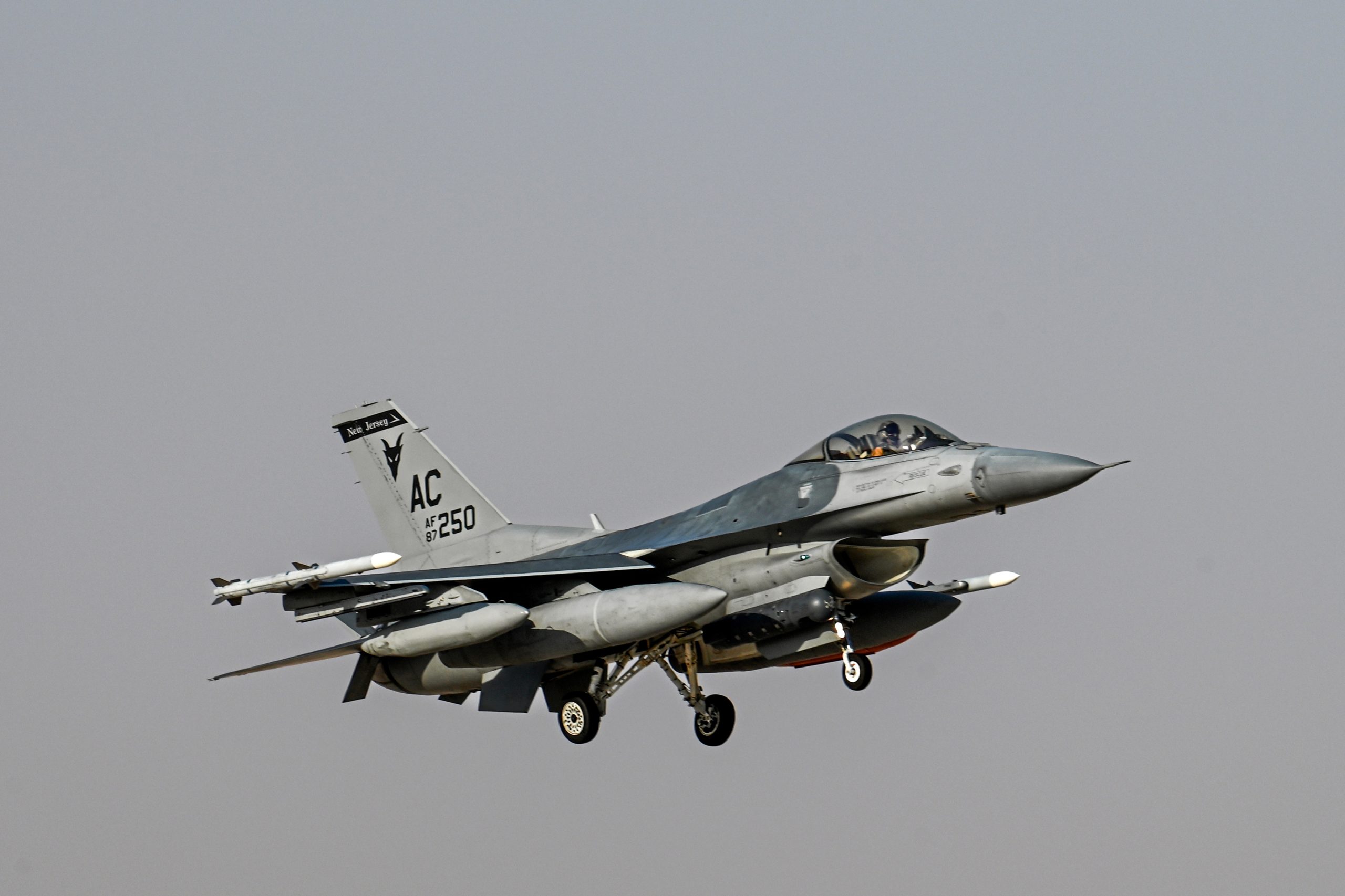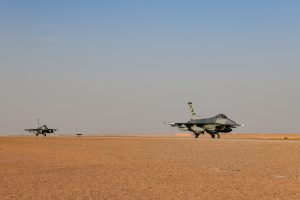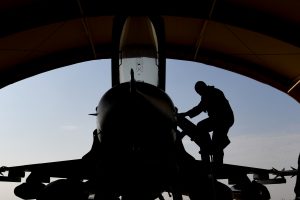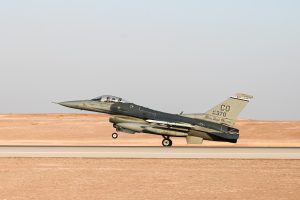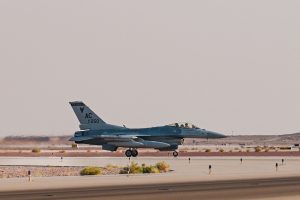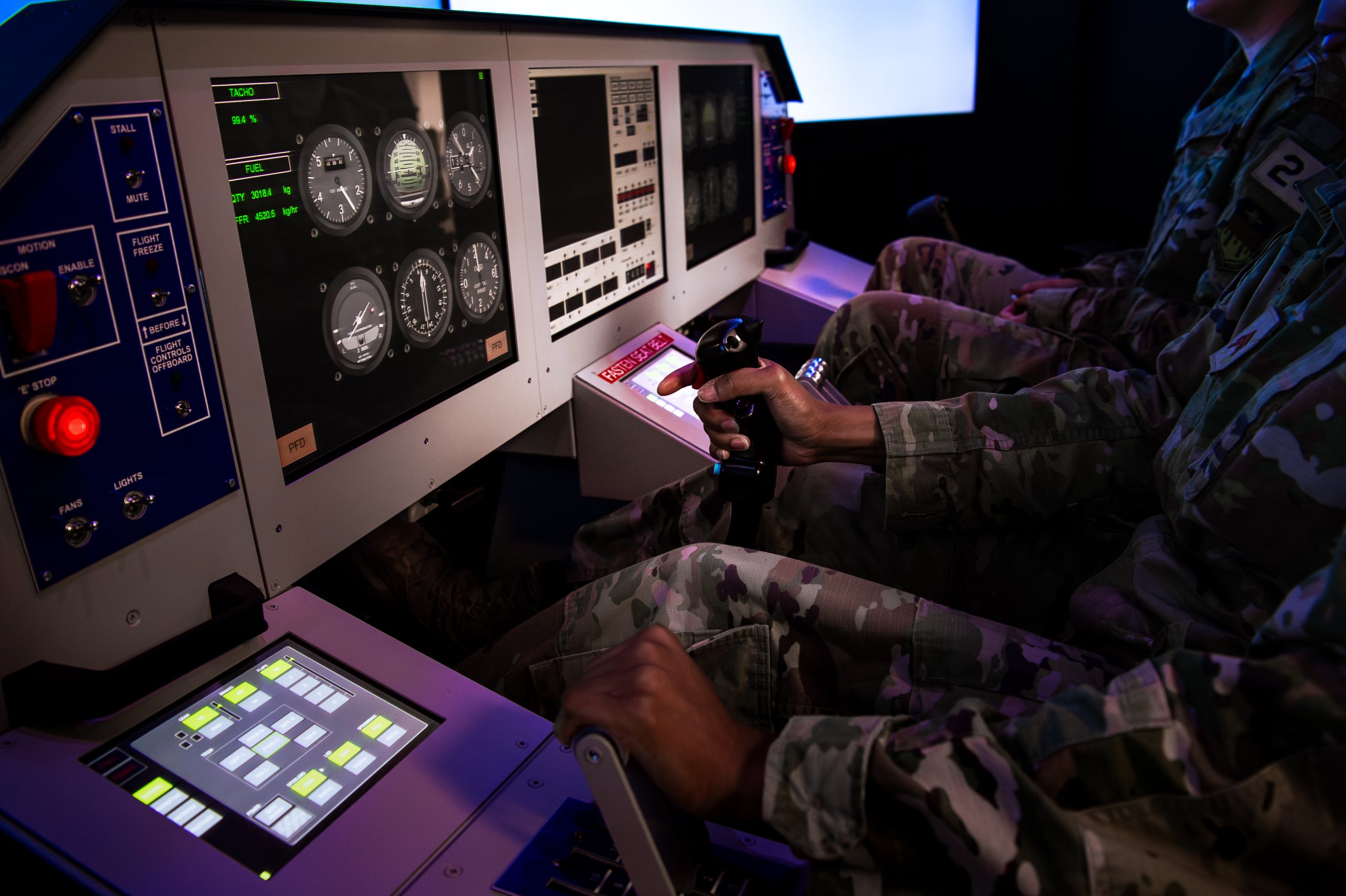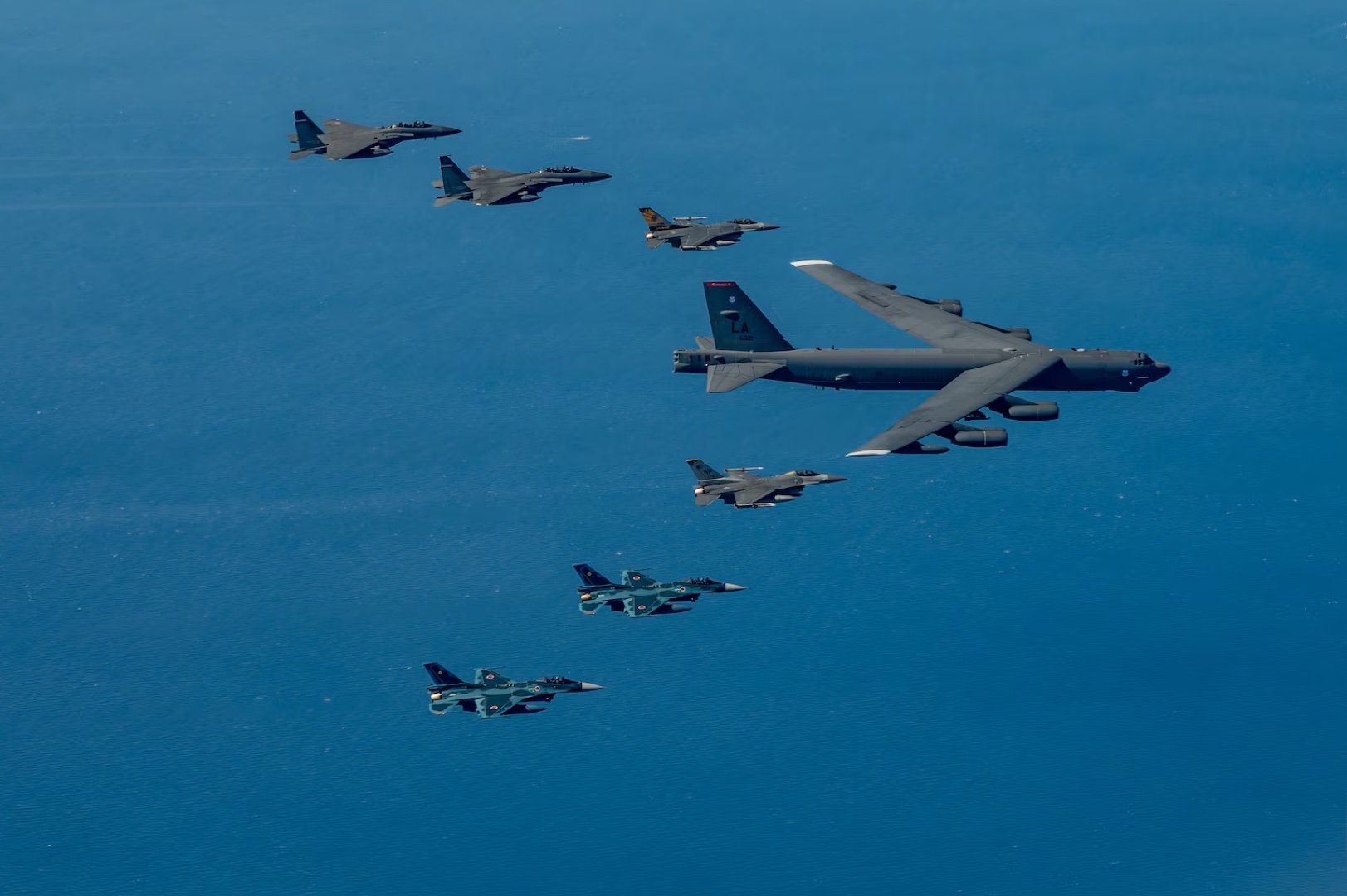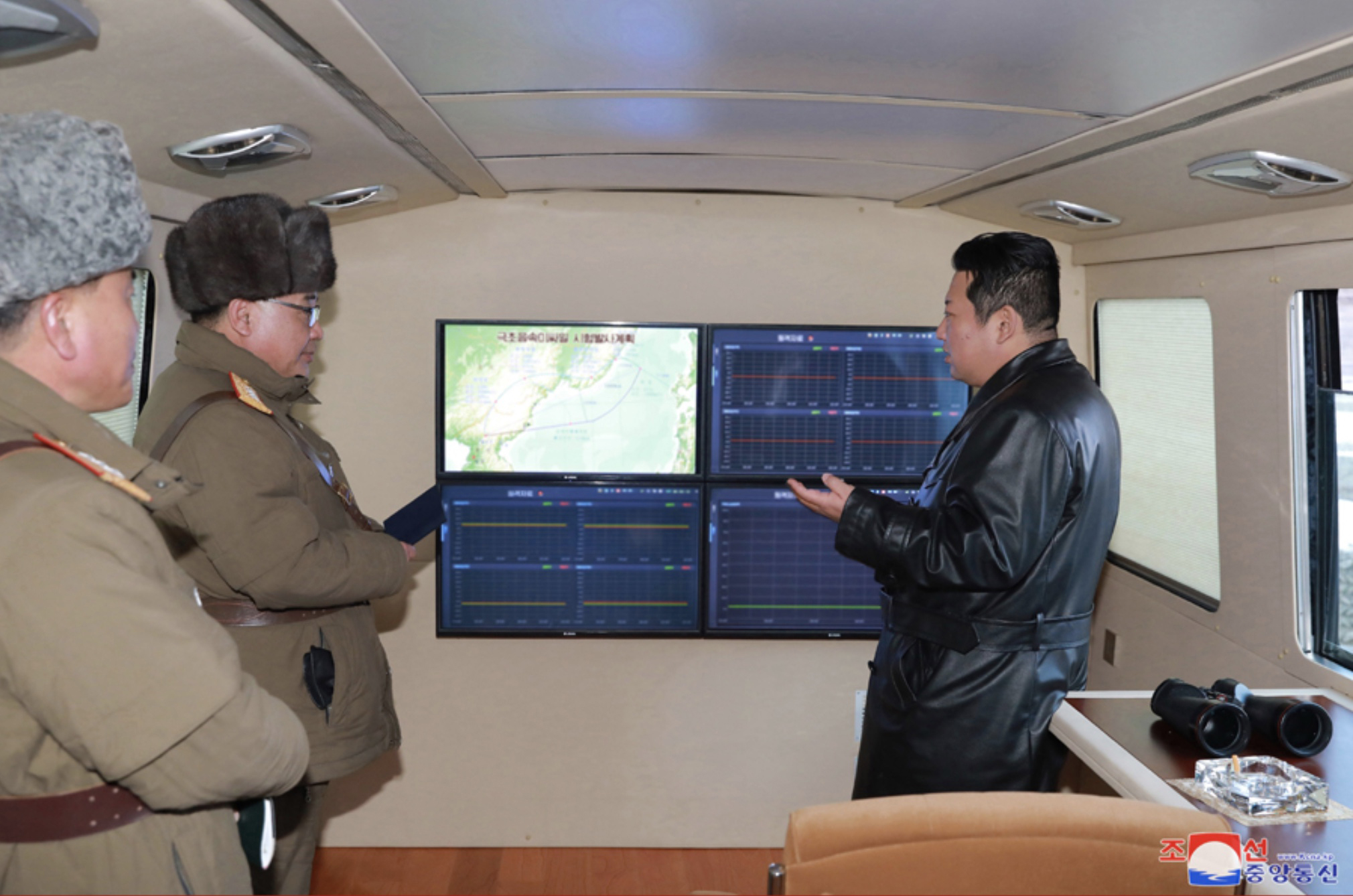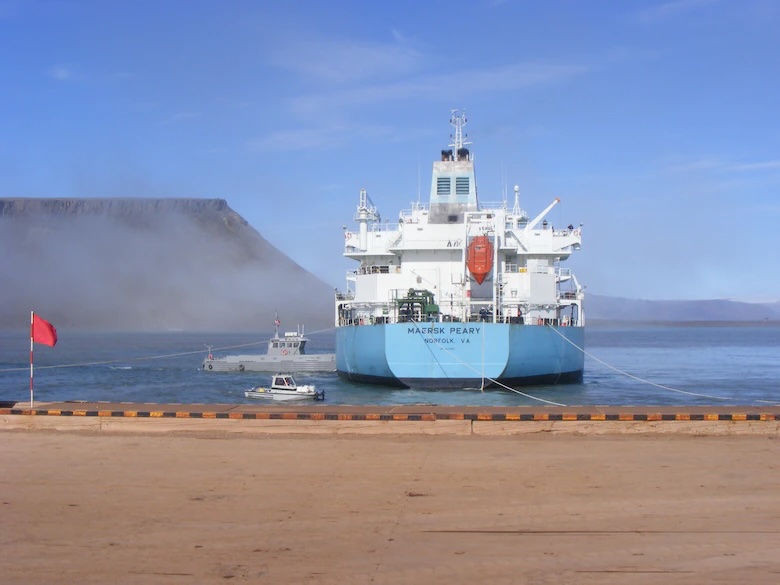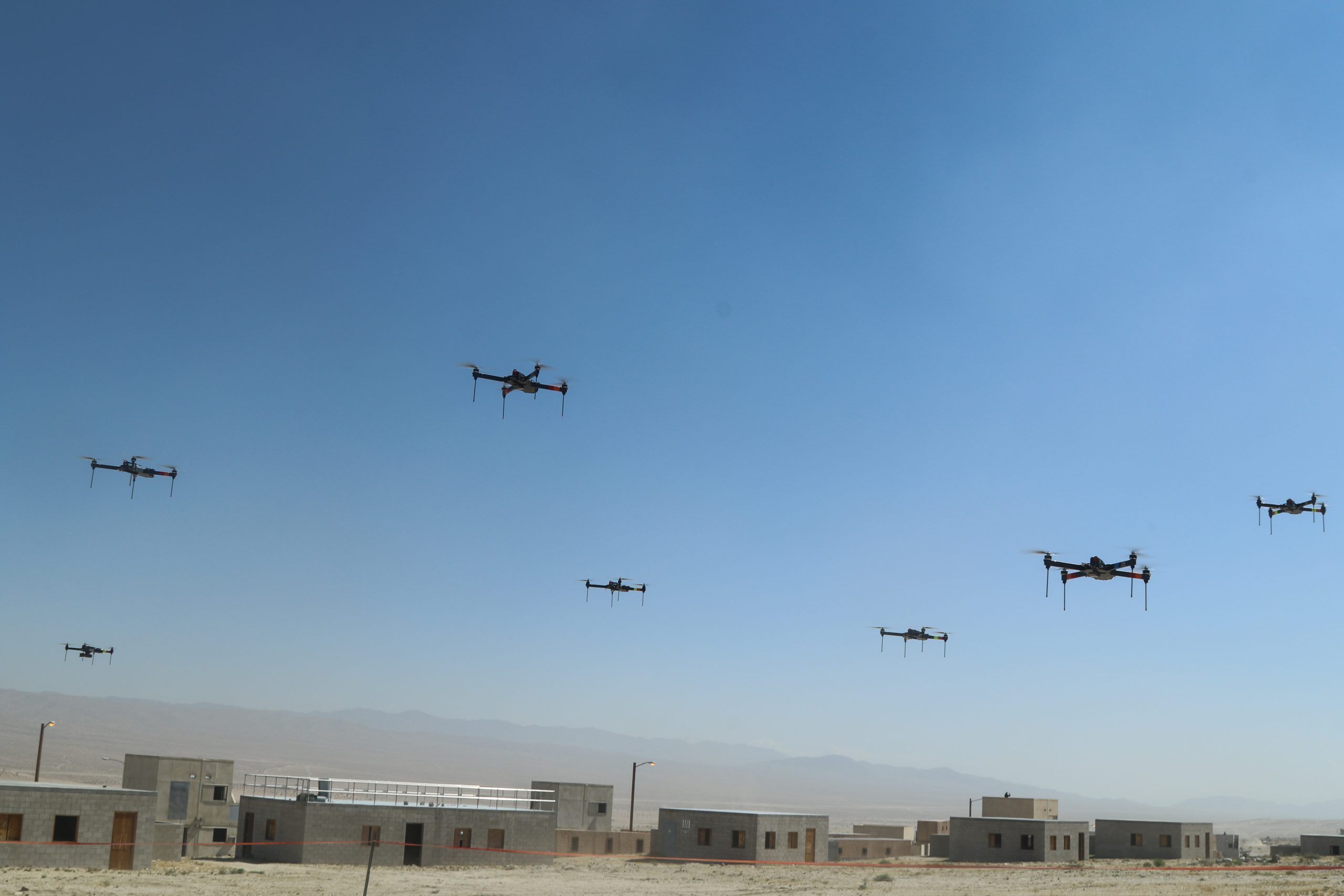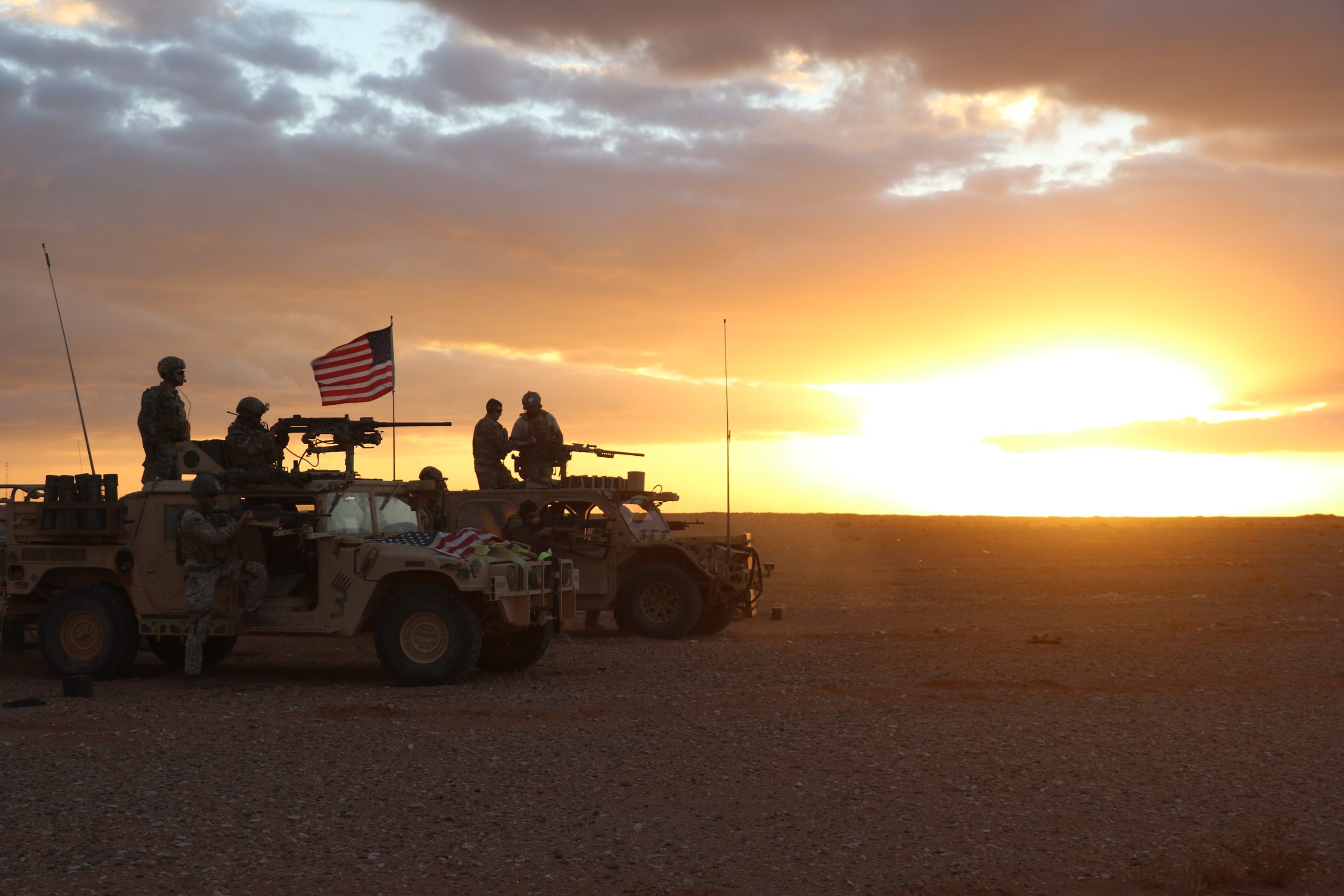More U.S. Air Force F-16s arrived in the Middle East, the service announced Oct. 24, as threats to American forces in the region continue to grow.
The New Jersey Air National Guard’s 119th Expeditionary Fighter Squadron’s arrival in the U.S. Central Command (CENTCOM) region increases the Air Force’s fighter footprint in the Middle East to six squadrons. U.S. bases in the Middle East have begun to come under attack from militia groups aligned with Iran, and officials have voiced concerned about possible region-wide escalation of the Israel-Hamas war.
“What has happened in the last several days is efforts by Iran and Iran proxy forces to seek to escalate this conflict,” a senior defense official told reporters Oct. 23.
The addition of another multirole fighter squadron will “provide flexible options to coalition leaders directing air operations throughout the Middle East, including contingency response capabilities and deterrence mission,” according to a release from Air Forces Central (AFCENT). The exact location of the F-16s was not disclosed.
The F-16 Fighting Falcons are part of a broader package of forces that have deployed after Hamas’ attack on Israel. F-15Es from RAF Lakenheath, U.K., and A-10 Thunderbolt IIs from Davis-Monthan Air Force Base, Ariz., have already arrived in the region to bolster the U.S. Air Force presence.
AFCENT now operates three F-16 squadrons, two A-10 squadrons, and an F-15E squadron “alongside several strategic airlift, aerial refueling, and intelligence, surveillance, and reconnaissance platforms,” according to the release. U.S. officials are considering deploying additional military forces to the region.
“We are fortunate to have the 119th EFS join us in U.S. Central Command’s area of responsibility,” Lt. Gen. Alexus G. Grynkewich, the commander of Air Forces Central, said in a statement.
Nicknamed the “Jersey Devils,” the 119th Fighter Squadron is based in Atlantic City, N.J.
“Air National Guard Airmen bring a wealth of knowledge and experience to our mission in the Middle East,” Grynkewich said. “The arrival of these Airmen strengthens our ability to support our allied, coalition, and regional partners as we work together to enhance regional stability and security.”
U.S. officials are increasingly alarmed at the threat posed by Iranian-backed groups. U.S. bases in Iraq and Syria have been attacked with rockets and drones numerous times in the last week, including the first attacks on U.S. forces in Iraq in over a year. According to the Pentagon, there have been at least 13 attacks on U.S. forces—10 in Iraq and three in Syria—between Oct. 17 and Oct. 24.
“That is a clear indicator that additional force protection measures are needed,” a senior military official said of the attacks. “We know there is a significant threat of escalation throughout the region and that would include towards U.S. forces.”
On Oct. 23, Secretary of Defense Lloyd J. Austin III called Iraqi Prime Minister Mohammed Shia al-Sudani as U.S. officials seek to deter threats to U.S. forces in Iraq, where some 2,500 U.S. troops are advising Iraqi forces that are fighting Islamic State group militants. President Joe Biden has also spoken with Sudani. On Oct. 23, the Iraqi government released a statement calling on its forces “not to allow under any circumstances” actions that “harm security and stability.”
The latest attack on U.S. forces in the Middle East confirmed by the Pentagon occurred Oct. 23 and was targeted against the Al Tanf Garrison, a base in southeast Syria that is used by American troops and their Syrian partners. The U.S. has around 900 troops in Syria who are working with local partners to combat the Islamic State group.
On Oct. 19, the Pentagon said a U.S. Navy warship operating in the Red Sea, the destroyer USS Carney, shot down four land attack cruise missiles and several drones launched by Iranian-backed Houthi rebels that were potentially heading toward Israel.
“When you see this uptick in activity and attacks by many of these groups, there’s Iranian fingerprints all over it,” the senior defense official said.
The USS Gerald R. Ford aircraft carrier is operating in the eastern Mediterranean Sea to deter further escalation of the conflict. The Ford carries four fighter squadrons and other aircraft and is accompanied by cruise missile-carrying warships. The USS Bataan, which carries about 2,400 Marines as well as fighters and helicopters, is heading closer to Israel, the Pentagon says.
The USS Dwight D. Eisenhower aircraft carrier was scheduled to join the Ford in the eastern Mediterranean Sea, but has now been redirected to CENTCOM. The USS Eisenhower and its accompanying warships are transiting the Atlantic. U.S. officials have not disclosed the final destination of the ships or said when they will arrive in the region.
Thousands of U.S. troops have been placed on a heightened state of readiness, according to the Pentagon, and the U.S. has ordered the deployment of a Terminal High-altitude Area Defense (THAAD) battery and an unspecified number of additional Patriot air defense system battalions to the CENTCOM region.
“We are deliberately sending an incredibly strong signal to our adversaries but also to our allies and partners about the depth of our support and the ability of the U.S. military to expeditiously, dynamically, respond to contingencies anywhere in the world,” the senior U.S. defense official. “That’s what we’re demonstrating today in the Middle East.”
